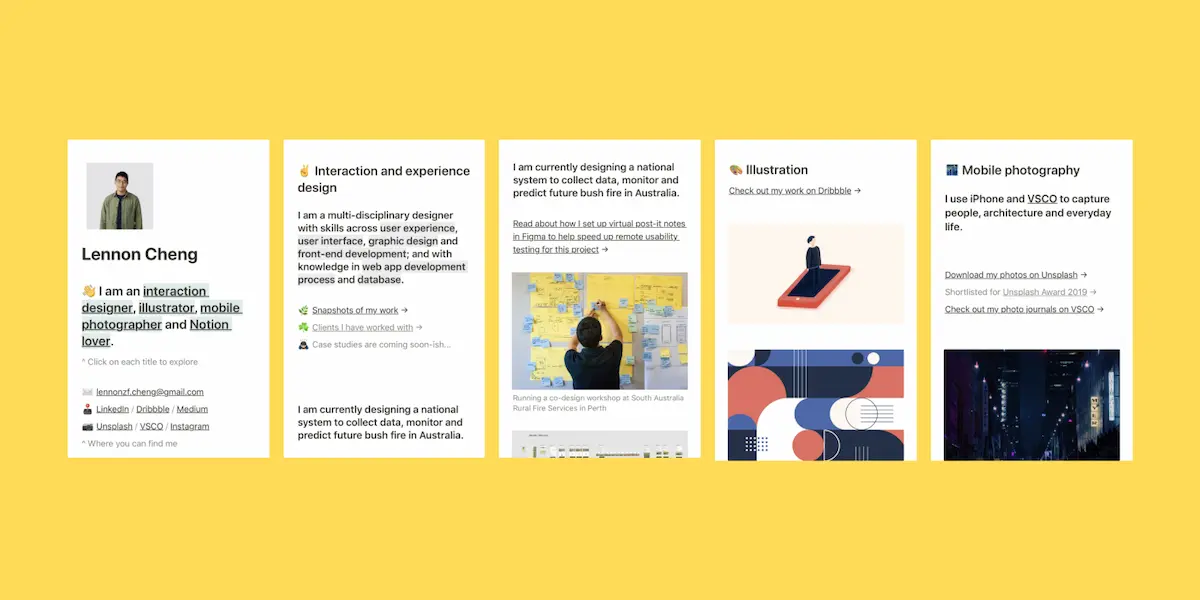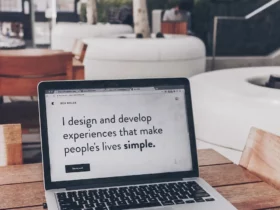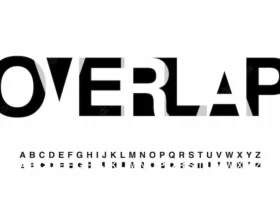Whether you’re a photographer, painter, graphic designer or collagist, anyone working in the industry of visual art needs a stellar portfolio to claim a place in the game.
Visual storytelling has greatly influenced the online world as of late, with social media and other platforms appealing to consumers with anything that stops the scroll.
Consumers have become more sensitive, critical, and susceptible to visual content than ever before.
This presents some interesting challenges for those who make a living out of creating visual art.
In 2022, if you are a visual artist without an online portfolio, you risk getting left out of one of the biggest creative booms our society has ever seen before.
Fortunately, creating an online portfolio isn’t as tricky as it sounds, and there are multitudes of simple, actionable ways to showcase your art and attract clients with ease.
In this article, we’ll go through a couple of different ways to help your portfolio stand out in 2022 and beyond.
Portfolios Are The Gateway For Modern Freelancers
Artists and artisans of all kinds were the original freelancers.
Hopping around from client to client, attracting work one project at a time, relying on their own skills and creativity along the way.
But times have changed.
Nowadays, even traditional career paths like accounting or coding are made possible through the vibrant freelancer industry.
There’s just one catch.
Unless you can make a great first impression on clients as they scroll through the hundreds of other potential hires, you might miss out on opportunities to earn an income.
This is why a portfolio is such a crucial part of being a freelancer. It’s the only frame of reference clients have when deciding who to hire.
So, making sure yours is in tip-top shape is one of the strongest moves you can make with regard to career advancement.
Quality Is King
Think of your portfolio as the Sunday best of your work.
This is not the time to be experimental with what you choose to display. Select the works that bring you the most pride and joy.
While it’s always good to have a healthy variety, your portfolio should feature works that represent the standard of quality you know you can safely (and consistently) deliver.
Rather than uploading thirty works of varying value, instead, choose ten of the best, whether they’re company logos, photographs, or articles.
Quality is better than quantity.
Clients Want To Know Who You Are
Providing a little of background info can add a personal touch that sparks a connection between you and a potential client.
And not only that, it’s considered the standard for most professional artists to deliver a statement or description of some kind relating to their work, background, and inspiration.
The more a person understands you and your work, the more likely they are to want to invest in your career.
So dig deep, but keep it brief.
Consider it your introduction to the industry and think about it like you would a business website—only you’re showcasing yourself as a business.
Niche vs Variety
There’s been a lot of debate around whether freelancers should opt for a niche or varied portfolio.
On the one hand, sticking to a niche can display reliability and a high skill level to clients.
Whereas on the other hand, variety shows flexibility and a broader range of skills.
Our advice is this. If you are a new or amateur artist, simply looking to get a foot in the door, opt for variety.
However, if you’re experienced and already have a developed client base, unleash your niche.
Keep Creating & Updating
The key to a great online portfolio is evolution. The more projects you work on and the more examples of successful work you have, the more likely clients are to trust you and want to hire you for a job.
An evolved, regularly updated portfolio shows experience, activity, and engagement. All of which are very attractive attributes for clients.
Once you build your portfolio, don’t just let it sit there for ages. Instead, visit it regularly, see what you can do to improve and update it, and show the world you’re energized and ready to create.
It’s Tough Out There – Be Professional
It’s no secret that the freelance industry has become a lot tougher over the past few years. Standing out is becoming increasingly harder. But that doesn’t mean you can’t still thrive.
Staying active, being professional, and taking the role seriously are what will pull you through to success. All that starts with a great online portfolio.
Conclusion
To really stand out, you need an online portfolio website that highlights your skill, showcases your best work and proves that you’re a professional in your field.
If you don’t have a portfolio and are in the creative field, you need to create one.








